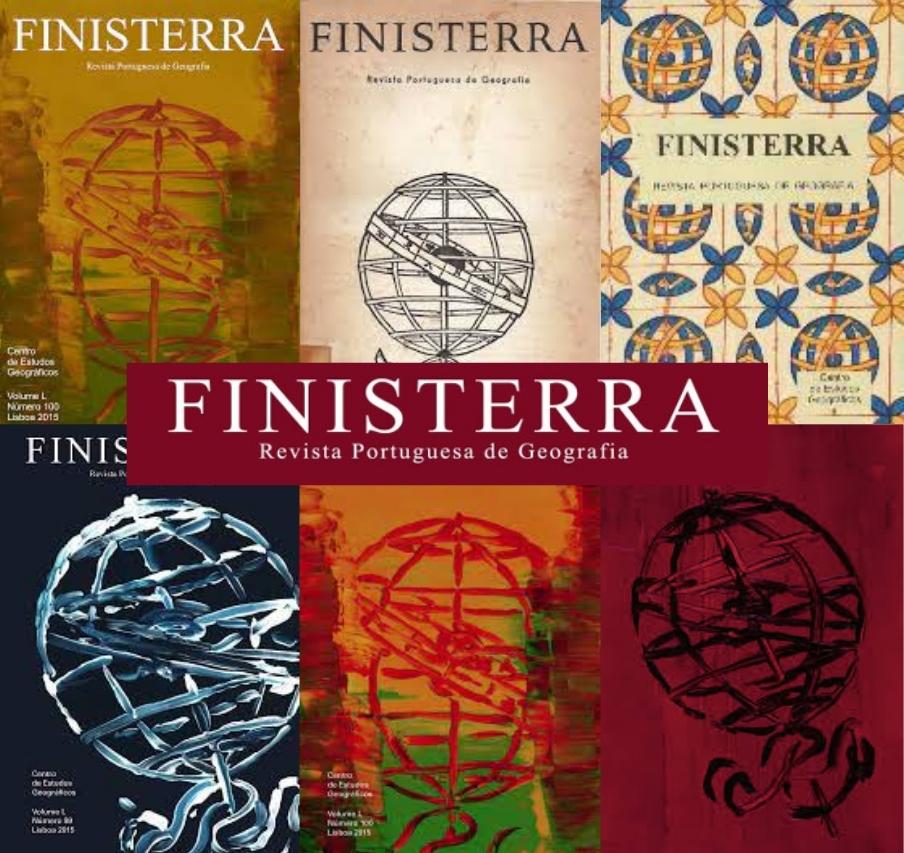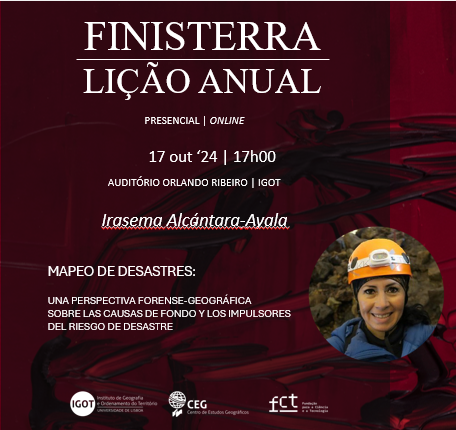EL PAPEL DE LA CLASE CREATIVA EN LA GENTRIFICACIÓN COMERCIAL DEL CENTRO HISTÓRICO DE A CORUÑA
DOI:
https://doi.org/10.18055/Finis19046Abstract
THE ROLE OF THE CREATIVE CLASS IN THE COMMERCIAL GENTRIFICATION OF THE HISTORIC CENTER OF A CORUÑA. The general aim of this article is to characterize the existence of a commercial gentrification process in the Orzán neighborhood, one of the four that make up the historic center of the city of A Coruña (Spain). On the one hand, the structural process of physical degradation of the neighborhood has reconfigured its brand image by attracting new alternative and underground business models. On the other hand, it is suggested that the growing weight of the creative class in the city, nourished by the success of global multinationals such as Inditex, demands and sustains this new type of petty commerce according to its aesthetic preferences of consumption and entertainment, thus providing a new commercial functionality to the Orzán. An ethnographic approach is carried out to analyse the material degradation of the neighbourhood and the transformation of its commercial fabric complemented with the exploitation of various secondary sources and the use of the historical viewer of the Google Street Viewer. In addition, a measurement of the creative class is developed based on the variable “job” and on different spatial scales by applying four indicators constructed from different interpretations of the concept of creative class in the Spanish context.
Downloads
Downloads
Published
How to Cite
Issue
Section
License
-
The opinions expressed in the texts submitted to Finisterra are the sole responsibility of the authors.
-
Authors retain copyright and grant the journal the right of first publication, with the work simultaneously licensed under the Creative Commons Attribution License, which allows others to share the work with acknowledgement of its authorship and initial publication in this journal.
-
Authors commit to following the “Submission Guidelines” available on the RCAAP platform.
-
Whenever the text requires changes based on suggestions from Scientific Reviewers and/or the Executive Editorial Board, authors agree to accept and implement these changes as requested. If there are changes the authors disagree with, appropriate justifications must be provided on a case-by-case basis.
-
Reproduction of copyrighted material has been previously authorised.
-
The texts are original, unpublished, and have not been submitted to other journals.
Copyright
It is the responsibility of the authors to obtain authorisation to publish any material subject to copyright.
Editing Rights
Editing rights belong to the Centre for Geographical Studies of the Institute of Geography and Spatial Planning, University of Lisbon.
The editing of a text submitted to Finisterra for publication implies that it is an original.
Publication implies acceptance of the submission guidelines and compliance with authors’ responsibilities.
Publication Rights
All publication rights belong to the Centre for Geographical Studies, as the publisher of Finisterra.
Licence URL: CC Attribution – Non-Commercial – No Derivatives (BY-NC-ND).
Digital Preservation Policy
Finisterra uses the Open Journal Systems (OJS 3.2.1.4), a free and open-source software for journal management and publication, developed and distributed by the Public Knowledge Project (PKP) under the GNU General Public License. PKP is a multi-university initiative that develops open-source software and conducts research to improve the quality and reach of scholarly publishing. OJS includes the PKP PN plugin, a means of digitally preserving journal content in the PKP Preservation Network (PKP PN), which ensures long-term access to OJS journal content. PKP enables OJS journal publishers to preserve content in a decentralised and distributed manner. This ensures that, in the event a journal ceases publication or goes offline, continued access to articles and issues remains available (long-term preservation).
For more information, visit: https://pkp.sfu.ca/ojs/




_(2).jpg)

